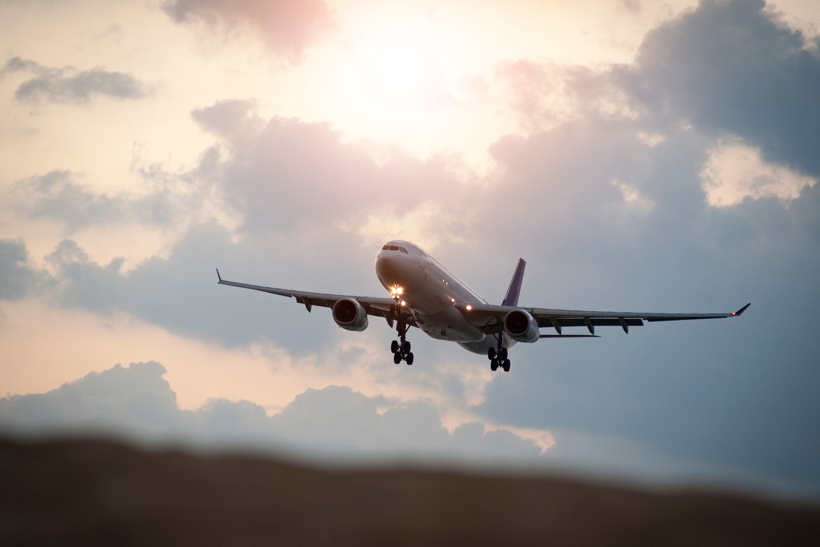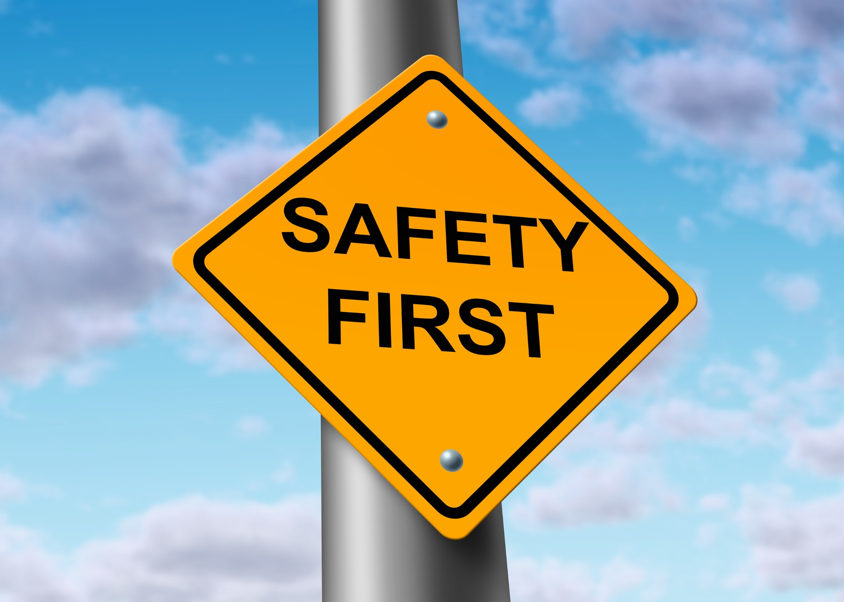Aerospace Sealant: Why It Matters for Aircraft Maintenance and Safety
Apr 18th 2025

Aerospace sealants play a critical role in aviation. From sealing small gaps and cracks to making sure important systems are protected, a high-quality sealant is something that every aircraft technician should have in their back pocket. Proper aircraft maintenance is critical to safety in the skies and having access to a reliable sealant is in the best interest of every aviator. In this article, SkyGeek will give you a brief overview of aerospace sealants, explain why they're important and then help you understand how choosing a high-quality sealant can streamline maintenance operations and reduce costs.
Understanding Aerospace Sealants
Aerospace sealants are specifically engineered for use in some of the most challenging conditions imaginable. They are formulated to be impermeable and withstand exposure to the elements as well as fluctuating temperatures and pressures. Sealants are made to fill cracks and gaps between various components and surfaces, preventing intrusion by moisture, contaminants, air and fluids. Sealants can also guard against corrosion and assist in maintaining structural integrity. Some sealants are used to improve safety.
There are several types of sealants for aircraft that you may encounter. Each one is tailored to meet a specific need on your aircraft. Some common types of aviation sealant include:
- Fuel Tank Sealants:These sealants are designed for filling cracks and gaps in fuel tanks. They are resistant to aviation gasoline and jet fuels and won't crack or peel. These sealant fuel tank solutions work under extreme pressure and are chemical resistant.
- Fuselage Sealants: Similar to a fuel tank sealant, these types of aircraft sealant have to be chemical resistant to prevent failure after exposure to aviation gasoline and jet fuels. Fuselage sealants are used on seams, joints and fasteners to fill gaps and prevent water from getting in or fuel from getting out.
- Windshield Sealants:The aircraft's windshield is critical and small gaps around the windshield can spell big problems in the sky. Windshield sealants help maintain the structural integrity of the aircraft's windshield and any surrounding windows. The sealant helps prevent leaks and makes sure the windshield remains clear. Windshield sealant has to be able to withstand the stresses of flight.
Other types of aerospace sealants include aerodynamic sealants, which are specially formulated to reduce drag and enhance fuel efficiency by creating a smooth, uninterrupted surface across joints and seams. These types of sealants are often used on wing edges, control surfaces and fuselage skins where airflow is critical. High-performance aircraft sealer compounds must also adhere under intense shear forces and vibrations without degrading over time.
Properties of Aerospace Sealants
Aerospace sealants are like other types of sealants, but with a few unique properties that make them better suited for flight. Aerospace sealants are more resistant to extreme temperatures and temperature fluctuations than other sealants. During a normal flight, your aircraft may go from frigid temperatures at high altitudes to triple-digit temperatures on the runway. A good sealant has to be able to withstand these types of temperature changes. Airplane sealant also have to withstand pressure changes during takeoff, flight and landing. They should also be chemical resistant if they encounter aviation fuels, hydraulic fluids, de-icing chemicals and other common aviation chemicals. Sealants should also be able to help prevent corrosion by forming an impenetrable barrier between the surface or component and oxygen or moisture.
Top brands in the aviation world, such as PRC Desoto, 3M™ Aerospace, NSL Aerospace and PPG™ Sealant, produce industry-trusted compounds that meet rigorous standards. Whether you're looking for a specific PRC sealant or a general-purpose aircraft fuel tank sealant, SkyGeek offers options trusted by mechanics around the globe.
Safety First

Make safety a priority by choosing a high-quality aviation sealant from SkyGeek and inspect sealed surfaces regularly to ensure that the sealant is in good condition. If sealant fails, there can be catastrophic consequences depending on where it is installed and what its function is. The more critical the sealant application, the more frequently it should be inspected.
Sealants can be inspected and replaced as needed during routine maintenance procedures. During routine inspections, all sealed surfaces should be inspected and monitored regularly to catch cracks, drying or peeling before a failure can occur. During routine maintenance, any sealant replacements that are needed can be done to prevent leaks and corrosion. When replacing sealants, make sure you choose a new sealant compatible with the surface you are working on. Always prepare surfaces according to the manufacturer's instructions, which may include removing any old sealant before applying new sealant. Always use aircraft sealant that is compatible with the most up-to-date aviation standards.
How to Choose a Sealant
Choosing the right aircraft sealer is critical to maintaining safety onboard your aircraft. There are several factors to take into consideration when selecting an aerospace sealant, including compatibility with the surface you're working on and the intended application. You should also consider the environment in which you'll be using the sealant, as some sealants can handle a wider range of temperatures than others and not all sealants are chemical-resistant.
Once you've narrowed your selection, look for a sealant that meets industry standards and is made by a reputable manufacturer. Many PPG™ sealant and PRC sealant products are backed by warranties against cracking, drying out or other types of failures. More importantly, a good manufacturer will supply a quality aircraft sealant product that you won't need to worry about for some time.
Advances in Sealant Technology
Aerospace sealants have come a long way in recent years with improved performance and more specialized formulas than ever before. These innovations have been driven by the aerospace industry's commitment to safety, reliability and performance. Modern sealants meet the highest safety standards, using cutting-edge technologies and more advanced materials than ever before. 3M™ Aerospace and NSL Aerospace have introduced sealants that guard against corrosion, block aviation fuels and won't harm the environment. They offer robust protection and are lightweight to help improve fuel economy. Modern sealants are designed to last, reducing maintenance demands and downtime so keep costs low. Advanced sealants also cure faster than prior generations, so your aircraft is back in the sky sooner.
Advances in sealant technologies have led to sealants that are more efficient and more cost-effective than ever before. They're also more eco-friendly and minimize the impact on the environment while maximizing the impact on your aircraft.
Reduce maintenance demands and improve safety by choosing a high-quality airplane sealant from SkyGeek. Modern aerospace sealants are better than ever before and by choosing a trusted brand name, you can get the strong seal your aircraft needs at a budget-friendly price. Visit SkyGeek to shop for high-quality sealants for aircraft from leading brand names.
In addition to traditional applications, aerospace sealants are also finding use in emerging technologies such as electric and hybrid aircraft. These next-generation aircraft demand lightweight, high-performance sealants and materials that can operate efficiently without compromising structural integrity. Specialized sealants are now being formulated to meet the electrical insulation requirements found in these advanced propulsion systems. Some modern sealants are also engineered to bond dissimilar materials, such as composites to metals, which is increasingly important in reducing aircraft weight and improving performance.
Less commonly, sealants are also used for noise reduction, helping to dampen vibrations and seal off acoustic pathways. This can lead to a more comfortable cabin experience and improved passenger satisfaction. These multifunctional sealants contribute not only to performance, but also to environmental compliance and passenger comfort.
As aircraft designs evolve, so do aviation sealants. Staying ahead of the curve means choosing products that meet both current and future requirements - something SkyGeek makes simple with our ever-evolving selection of premium aviation sealants.
